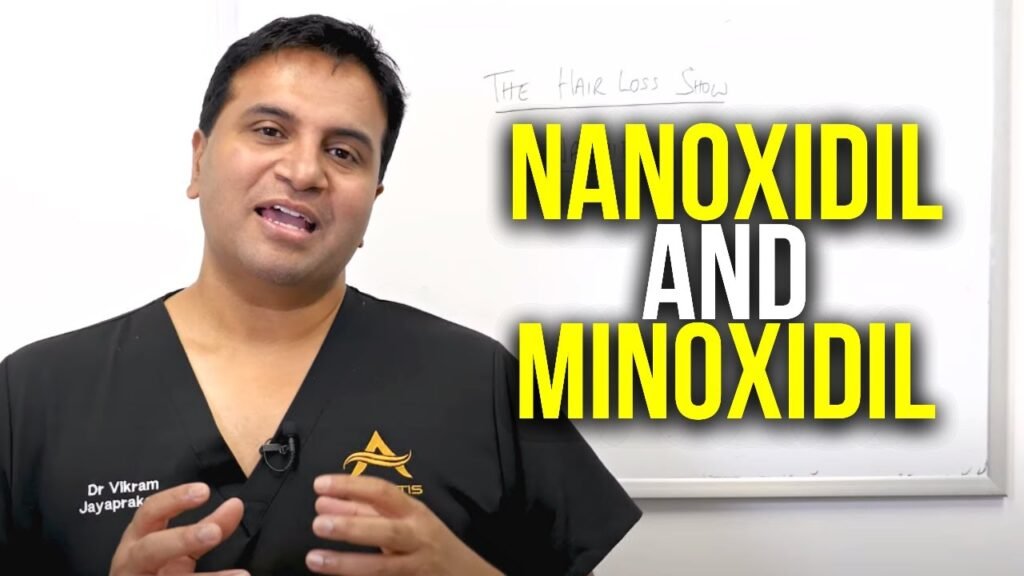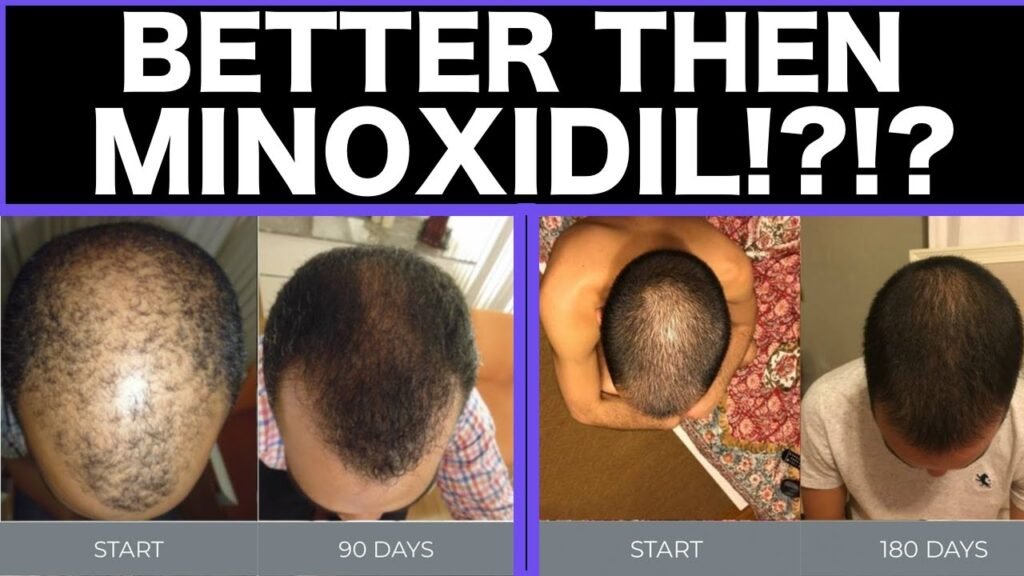What’s the difference between Minoxidil vs nanoxidil
When it comes to combating hair loss, both minoxidil and nanoxidil are popular options, yet they have distinct differences that set them apart. Minoxidil, a well-established treatment, has been FDA-approved for use in hair regrowth for decades. It works by widening the blood vessels, which improves blood flow to the hair follicles, potentially increasing hair density and growth rate. In contrast, nanoxidil is a newer compound designed to mimic the effects of minoxidil but with a different molecular structure, which is intended to enhance its absorption and effectiveness while minimizing side effects.
One of the primary differences lies in their chemical composition and molecular weight. Minoxidil has a smaller molecular structure, which allows it to penetrate the scalp efficiently. However, its effectiveness can sometimes be hindered by its alcohol-based formulation, which may cause dryness or irritation for some users. Nanoxidil, on the other hand, is formulated with a slightly larger molecular weight, aiming to provide similar benefits without the drawbacks associated with alcohol-based solutions. This formulation is believed to offer improved scalp tolerance, making it a suitable option for individuals with sensitive skin.
Additionally, the scope of application and availability can differ between the two. Minoxidil is widely available over the counter and comes in various concentrations, typically 2% and 5%, making it accessible to a broad audience. Nanoxidil, while not as universally recognized or available as minoxidil, is primarily found in specialized products like the DS Laboratories’ Spectral.DNC-N. These products often include additional ingredients that support scalp health and hair growth, potentially offering a more comprehensive approach to treating hair loss.


